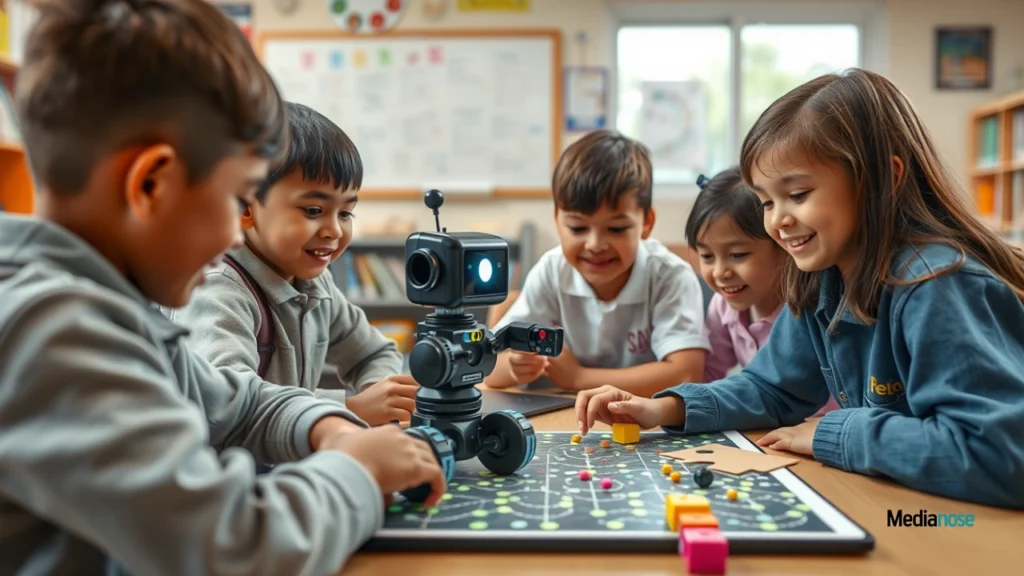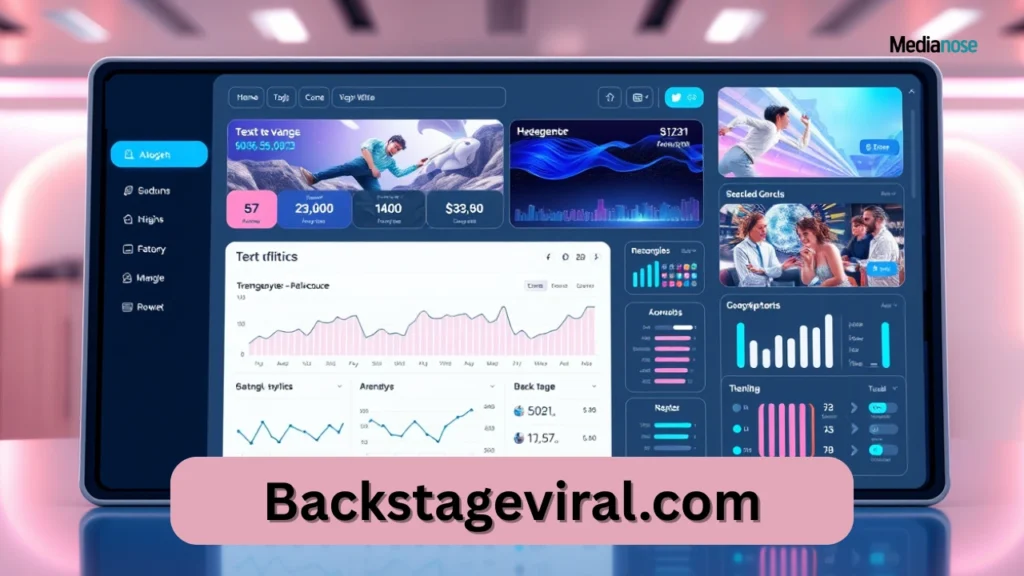Robots Dot to Dot Nattapong: In the evolving landscape of education, innovative tools are reshaping how we approach learning. One such groundbreaking concept is Robots Dot to Dot Nattapong, a unique blend of traditional dot-to-dot puzzles and modern robotics. This fusion not only makes learning engaging but also bridges the gap between creativity and technology. This approach encourages students to explore both artistic expression and engineering principles in a fun, hands-on way.
What is Robots Dot to Dot Nattapong?
Robots Dot to Dot Nattapong is an educational initiative that combines the classic dot-to-dot puzzle with robotics. In this activity, learners connect numbered dots to form robotic designs, which are then brought to life through programming. This approach transforms a simple activity into an interactive learning experience, introducing students to the fundamentals of robotics and engineering.
The Concept Behind Dot to Dot Robotics
Evolution of Dot to Dot Activities
Dot-to-dot puzzles have long been used to enhance fine motor skills and cognitive development in children. Traditionally, these activities involve connecting numbered dots to reveal an image, promoting concentration and hand-eye coordination.
Integration with Robotics
By integrating robotics into this concept, Robots Dot to Dot Nattapong introduces a dynamic element. Instead of merely drawing lines, students program robots to follow a predetermined path, transforming a static activity into a hands-on learning experience. This integration fosters a deeper understanding of how robotics works and its applications in real-world scenarios.
Also Read
Nattapong’s Contribution to Robotics
Background of Nattapong
Nattapong is a prominent figure in the field of robotics and educational technology. His work focuses on creating tools that make learning more interactive and engaging. Through Robots Dot to Dot Nattapong, he has introduced an innovative approach that combines art and engineering, making complex concepts more accessible to learners.
Key Innovations
Nattapong’s innovations include advanced programming interfaces and user-friendly robotic kits that simplify the learning process. These tools enable students to engage with robotics in a creative and intuitive manner, laying a strong foundation for future exploration in the field.
Benefits of Robots Dot to Dot Nattapong

Enhancing Cognitive Skills
Engaging with Robots Dot to Dot Nattapong helps improve cognitive skills such as problem-solving, spatial awareness, and critical thinking. By programming robots, students practice logical reasoning and sequence planning, which are essential skills in both robotics and everyday life.
Improving Problem-Solving Abilities
Learners face challenges as they program robots to complete dot-to-dot puzzles, fostering problem-solving skills. This hands-on approach encourages experimentation and adaptive thinking, which are central to Robots Dot to Dot Nattapong.
Boosting Engagement in Learning
The interactive nature of robots captures students’ attention more effectively than traditional methods. The novelty of Robots Dot to Dot Nattapong keeps learners engaged and motivated to participate actively, making learning a fun and enjoyable experience.
How Robots Dot to Dot Nattapong Works
Basic Principles
The basic principle involves creating a puzzle with specific paths or connections that the robot must follow. Students input these paths into a programming interface, which then guides the robot to complete the puzzle. This process introduces learners to the fundamentals of programming and robotics.
Technological Components
Key components include robotic kits, programming software, and interactive interfaces. These tools work together to allow learners to design and execute their dot-to-dot puzzles effectively, exemplifying the Robots Dot to Dot Nattapong methodology.
Applications in Education

Classroom Integration
Robots Dot to Dot Nattapong activities can be seamlessly integrated into classroom settings. Teachers can use them to supplement traditional lessons, providing a practical application of theoretical concepts. This integration enhances the learning experience and makes abstract concepts more tangible.
Case Studies
Several schools have implemented Robots Dot to Dot Nattapong with positive results. Case studies highlight improvements in student engagement and understanding, showcasing the effectiveness of this approach. These real-world applications demonstrate the potential of combining art and engineering in education.
Challenges and Limitations
Technical Hurdles
Despite its benefits, there are technical challenges, including the complexity of programming and the cost of robotic kits. Overcoming these hurdles requires careful planning and resource allocation. However, the long-term benefits make it a worthwhile investment.
Learning Curve
There is also a learning curve associated with using robotics in education. Both teachers and students need time to adapt to new tools and methodologies, particularly those involved in Robots Dot to Dot Nattapong. Providing adequate training and support can ease this transition.
Future Trends in Robotics and Dot to Dot Learning
Emerging Technologies
Advancements in robotics and AI promise to enhance Robots Dot to Dot Nattapong further. Emerging technologies may introduce more sophisticated robots and interactive features, expanding the possibilities of this educational tool.
Predictions for Future Developments
Future developments could include more intuitive programming interfaces and expanded applications across different educational levels. The integration of augmented reality might also offer new dimensions to Robots Dot to Dot Nattapong learning.
Conclusion
Robots Dot to Dot Nattapong represents a significant advancement in educational technology. By combining traditional puzzle-solving with robotics, it offers a dynamic and engaging way for learners to develop critical skills. As technology continues to evolve, the potential for further innovation in this field is immense.
FAQs
1. What age group is best suited for Robots Dot to Dot activities?
These activities are ideal for a range of ages, from young children to high school students, depending on the complexity of the puzzles and programming involved.
2. Do I need specialized equipment to start with Robots Dot to Dot?
While specialized robotic kits are beneficial, there are also entry-level options that can be used to introduce basic concepts.
3. How can teachers integrate this method into their curriculum?
Teachers can incorporate Robots Dot to Dot Nattapong activities into subjects like math, science, and technology to enhance engagement and understanding.
4. What are some common challenges faced with this method?
Challenges include the technical complexity of programming and the initial cost of robotic kits. However, these can be managed with proper training and resource planning.
5. Where can I find more resources on Robots Dot to Dot Nattapong?
Further resources can be found on educational websites, robotics forums, and through educational technology providers.





